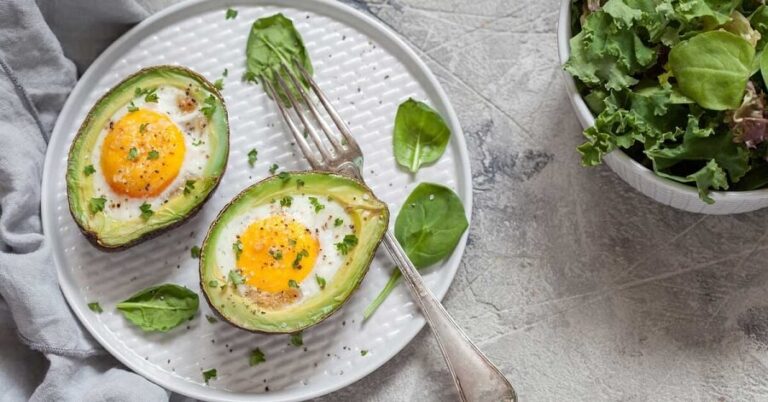Getting into ketosis is the foundation of the ketogenic diet. Due to its speed, this type of diet is one of the most chosen methods in recent years to lose weight.
For most people, entering ketosis takes at least three days. However, the weight loss from entering ketosis differs depending on the bodyweight that is initially had.
When entering ketosis, changes appear in how the body obtains energy and how the brain and other organs function. So entering ketosis should always be done under the supervision of a nutritionist.
This article describes how to get into ketosis and do it in the best way possible.
How to get into ketosis?
Your blood glucose values must reach minimum values to switch to ketosis mode. Limiting simple and complex carbohydrates is the first step in getting into this mode.
Glucose is used as an energy source to carry out all daily activities in a traditional diet. This process changes, and body fat stores are transformed into ketone bodies upon entering ketosis.
Ketone bodies are a type of carbohydrate that the body can use as a substitute for glucose. The body has a sound system to keep the systems working from fat stores. Here’s how to get into ketosis in 5 steps:
- Limit sugar and other simple carbohydrates
The first step to entering ketosis is a complete reduction in foods containing simple carbohydrates, including fruits, sugar, and soda foods high in sugar.
- Limit the consumption of cereals and complex carbohydrates
To enter ketosis, white bread and cereals (oats, wheat, barley, rice) should not be consumed during the day. As well as vegetables with high starch content (potatoes, corn). Limiting these foods should be the second step in a ketogenic diet.
- Fats should provide 80% of the total calories in your diet.
To enter ketosis, fat, preferably from vegetable oils (olive, canola, coconut), should be the main ingredient in the diet. Although saturated animal fats are allowed, they should not be the predominant ones. To lose weight in ketosis, you should consume about 100 grams of fat per day.
- Include foods with fiber
Food fiber provides a kind of carbohydrates that are not digested by the human body. These carbohydrates are allowed to enter ketosis and should not be included in the net carbohydrate sum.
- Calculate the total macros you need
Getting into ketosis is not a matter of counting calories. But a change in the total balance of macronutrients. Carbohydrates provide a maximum of 5% of the total, fats 80%, and proteins 15%. Counting macros is often tricky at first, although you can help with applications.
5 Tips When Getting Into Ketosis
When entering ketosis, side effects can appear. The most common is dehydration and dizziness. In some cases, the symptoms are intense, known as the keto flu. Here are five tips to get into ketosis in the best possible way:
- Drink more water
By eliminating carbohydrates from the diet, the body begins to expel large amounts of water that are complex to them. A person loses at least two kilos when starting the ketogenic diet. This can lead to liver complications and general dehydration. To avoid it, start drinking more significant amounts of water.
- Please don’t overdo it with protein consumption.
Protein foods should not be the primary macronutrient in the ketogenic diet. Fats do. In other diets, such as the Dukan diet, the emphasis is on protein. However, some protein foods have been shown to disrupt ketosis.
- Start yoga
Getting into ketosis is a task that requires mental toughness. In the first days, you can feel different; even some people experience nervous breakdowns. (1) Including mental relaxation methods or exercises such as yoga is essential to control the urge to go to the refrigerator for everything you find sweet.
- Consider the use of vitamin supplements.
A lack of vitamins is one of the possible side effects of the ketogenic diet. Cutting out most carbohydrate foods like fruits and vegetables indirectly limits your intake of vitamins and minerals. Taking multivitamins can be a way out of the problem.
5.No to excessive coffee and smoking
Caffeine and nicotine are two elements that negatively affect a person’s tranquility. Most people who smoke and drink too much coffee cannot control their cravings. If you are on your way to entering ketosis, consider eliminating these two components from your routine or including a substitute for coffee without carbohydrates.
How do I know I have entered ketosis?
Visible symptoms appear when entering ketosis. The most common are characteristic breath (from ketones), frequent urination, and mild inattention. If you are not sure if you entered ketosis or not, you can check it with a ketosis kit. The instructions are simple and easy to interpret.







